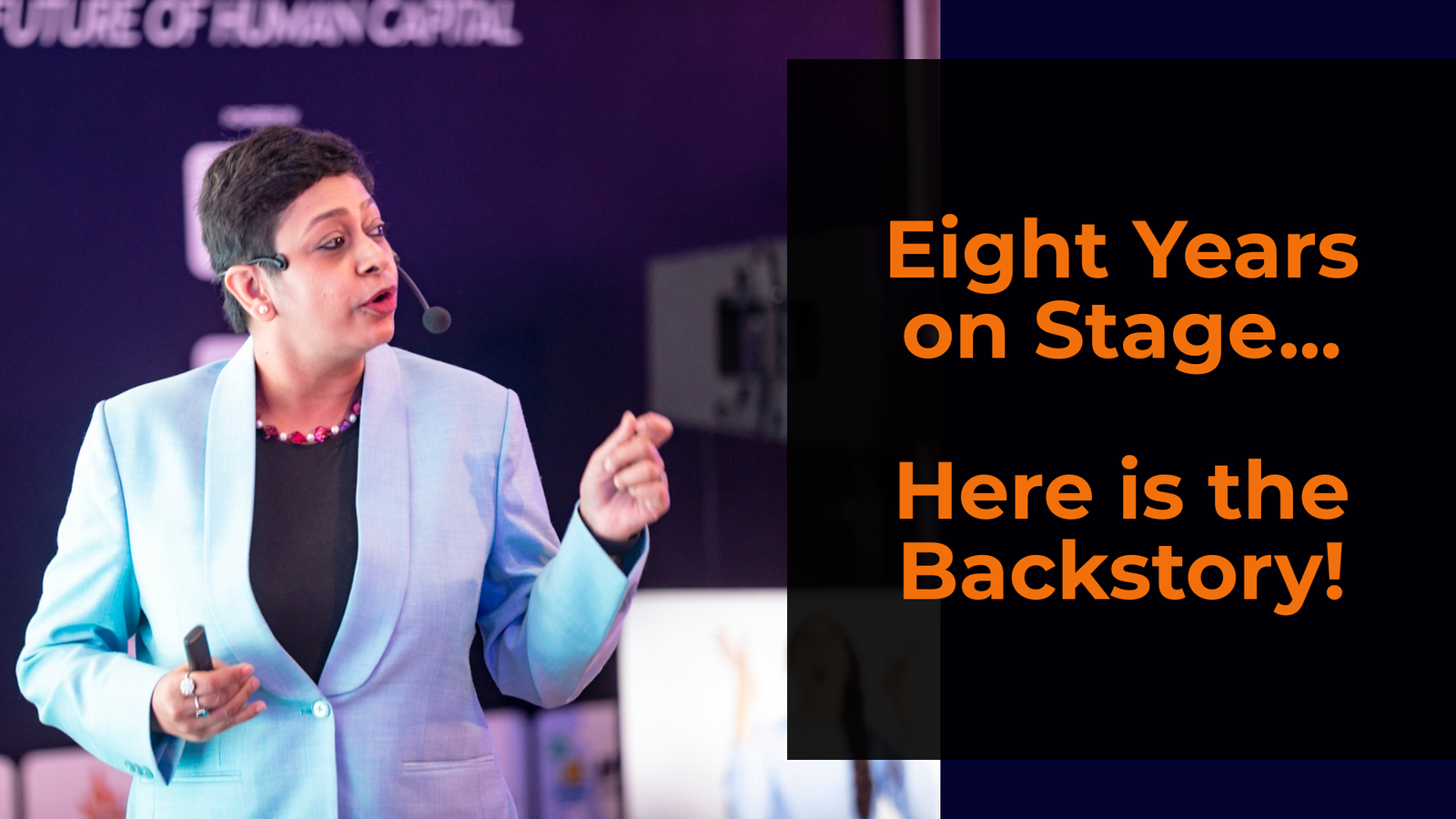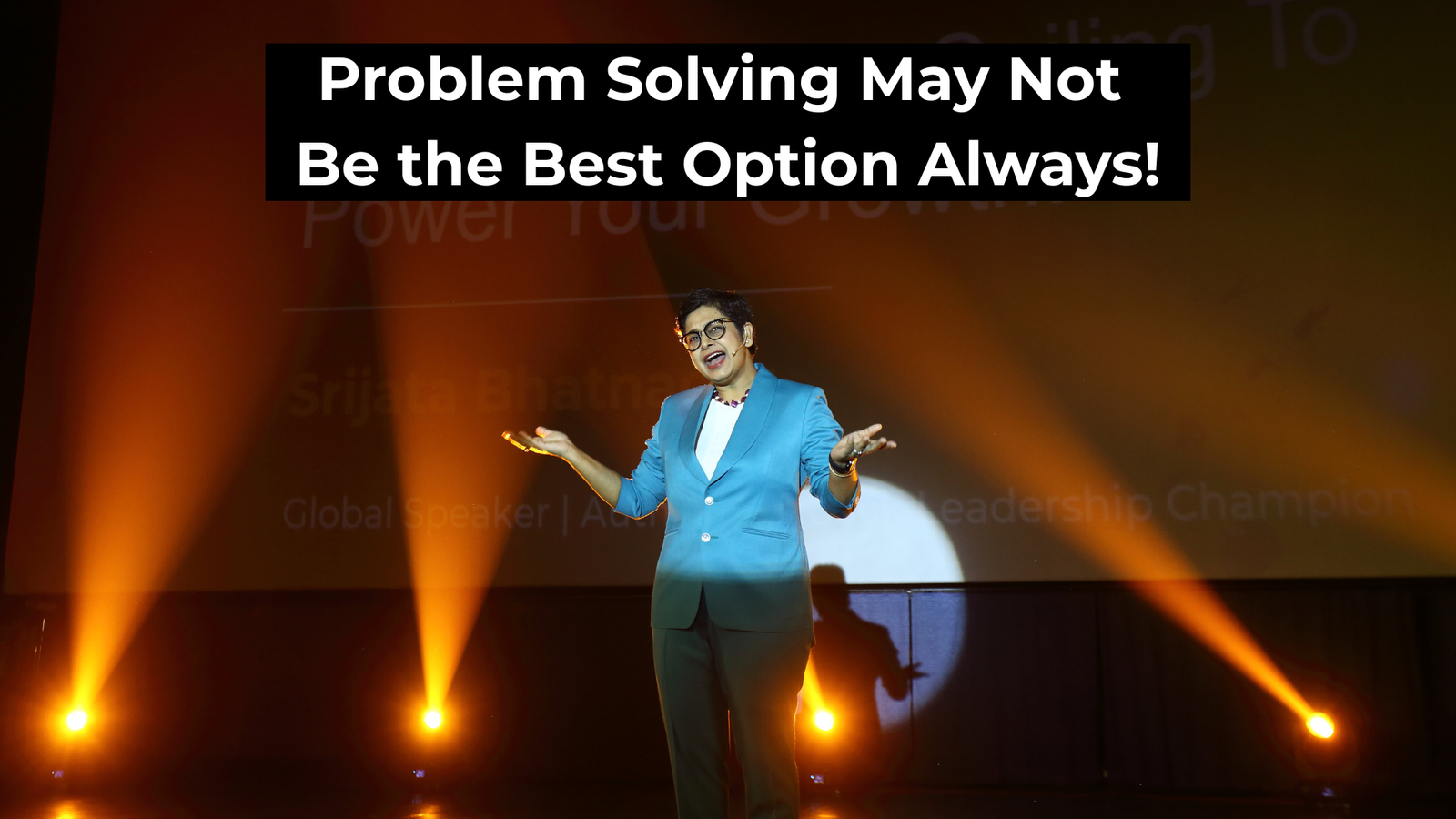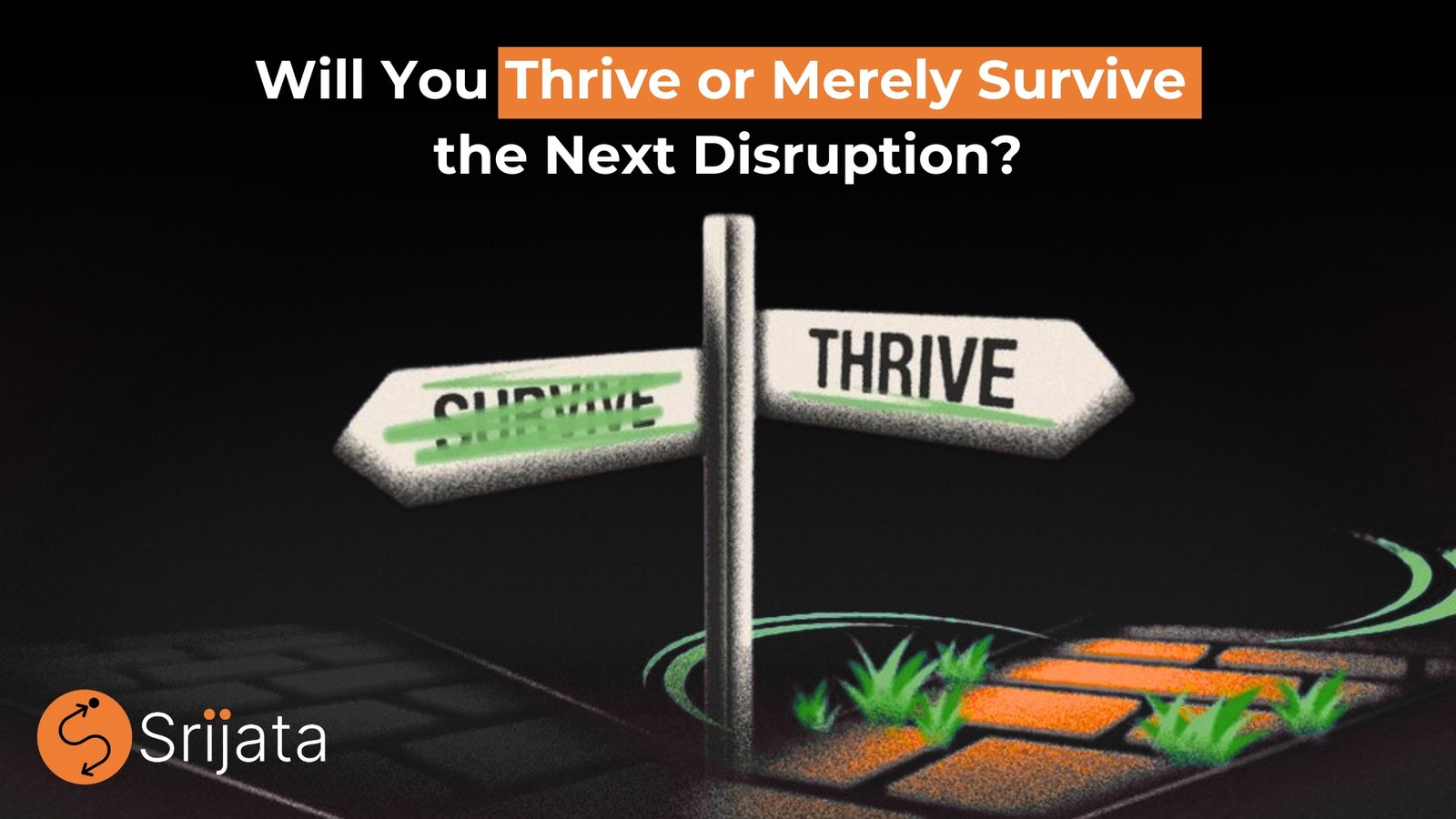First published in SHRM India on 4th April.
Suddenly, you realize that your high-performing teams are falling apart. Collaboration is becoming competition. Innovation is slowing down. Morale is declining. What went wrong?
It’s likely that a scarcity mindset quietly took hold when you weren’t paying attention.
In today’s hyper-competitive and rapidly changing workplace, the mindset of leadership teams is not just a soft skill. It is a core driver of success or stagnation. This mindset extends beyond the C-suite; it influences how VPs and their teams collaborate across various complementing business units, how middle managers make decisions, how teams interact, and how individuals perceive their growth potential.
As HR professionals, you are the architects of organizational culture. At the heart of every culture lies a mindset. The question is: Are you nurturing a scarcity narrative or fostering a culture of abundance?
Scarcity Mindset: The Silent Culture Killer
In corporate settings, the scarcity mindset shows up subtly but powerfully:
- Leaders hoard information to maintain control or perceived importance.
- Teams work in silos, fearing loss of credit or visibility.
- Competitions take center stage, making it a zero-sum game for all.
- Managers resist delegation, believing they must do it all to ensure quality.
- Performance reviews are rigid, focusing solely on outcomes, not effort or growth.
- Recognition is rare or transactional, leaving employees disengaged and undervalued.
A scarcity mindset often arises from a fear of losing status, control, or opportunities. However, it leads to a culture that is risk-averse, stifles innovation, and is emotionally draining.
And it’s contagious. When one business unit starts to operate from a place of fear and self-protection, it quickly becomes the modus operandi of every other business unit, even if they don’t fully believe in it. “To protect themselves!”
Abundance Mindset: A Resilience Multiplier
On the other end of the spectrum is the abundance mindset, which is characterized by generosity, trust, and forward-thinking. In abundance-driven cultures:
- Leaders share credit and information freely.
- Employees are empowered to make decisions and learn from outcomes.
- Challenges are reframed as opportunities to innovate, improve, and grow.
- Collaboration is rewarded, not penalized.
- Recognition flows freely, creating a sense of belonging and shared success.
- Support is abundant and comes from a genuine place of everyone’s growth in mind.
This mindset is not merely a feel-good philosophy; it is the foundation of Setback Leadership—a transformative approach to converting adversity into advantage.
This mindset shift is what HR must start embedding across the organization.
What This Looks Like in Practice: A Tale of Two Leaders
Consider two leaders navigating a substantial company restructuring.
One, grounded in scarcity, becomes controlling and secretive. They restrict communication, fearing that transparency will incite panic. Their team, sensing the unease, disengages. Collaboration ceases. Attrition begins.
The other approach, characterized by abundance thinking, involves the team early on. They are transparent about the challenges, solicit input, and share responsibilities. The outcome? A more cohesive, engaged, and resilient unit that adapts and thrives.
These contrasting outcomes are not just theoretical; they occur every day, and HR has the power to influence their organization’s direction.
5 Actions HR Can Take to Cultivate Abundance Mindset
- Integrate Leadership Challenges Strategy into development programs.
Move beyond technical training by introducing frameworks that equip leaders with tools to perceive adversity as a growth lever. Abundance isn’t instinctual—it’s taught, practiced, and reinforced. - Foster Safe Collaboration Spaces
Encourage cross-functional projects, shared KPIs, and open innovation labs. When individuals perceive collaboration as a route to recognition, rather than a threat to personal success, they embrace collective power. - Celebrate Experiments, Not Just Results
Establish feedback systems that reward initiative and learning, even when the outcomes are not perfect or desirable. Normalize “failing forward” by highlighting resilience, adaptation, and growth stories. - Coach Leaders to Reframe Setbacks.
Train managers to shift their language and mindset from reactive (“Who caused this?”) to reflective (“What can we learn here?”). Reframing is one of the most accessible mindset tools, yet it often remains underused. - Redesign Recognition to Align with Abundance.
Move beyond top-down awards by promoting peer-to-peer recognition, storytelling sessions, and moments that highlight achievements, attitude, empathy, and grit.
Why This Matters More Than Ever
We no longer live in an era of predictable progress. The future of work brings constant change, unexpected disruptions, and evolving expectations. In this reality, resilience is not optional—it is a competitive advantage.
Resilience starts with mindset.
The leaders and teams that will shape the future won’t be those who shy away from setbacks; they will be the ones who transform setbacks into springboards, as their mindset allows them to do so. They have been backed by HR teams that understand culture includes more than just perks and policies; it’s about perspective.
Mindset Isn’t Just a Leadership Tool, It’s an Organizational Strategy
At its core, cultivating an abundance mindset isn’t just about motivational posters or superficial positivity. It’s about establishing the psychological infrastructure for courage, creativity, and collaboration.
As an HR leader, you hold the keys to that infrastructure. You shape what is modeled, celebrated, and rewarded. The culture you foster today will determine how your organization presents itself tomorrow – amid uncertainty, opportunity, or both.
So, the real question is:
Which mindset are you nurturing, knowingly or unknowingly?






